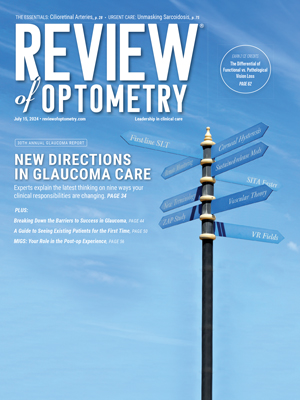People exposed to higher levels of artificial light at night (ALAN) in the blue-light band of spectrum that interrupts their sleep may be more likely to develop breast and prostate cancers, according to a new study in Environmental Health Perspectives.1
A team of Spanish researchers evaluated exposure to ALAN during sleep and the increased risk of hormone-dependent cancers in patients who did not work at night. They used both blue-light sensitive images taken from the International Space Station of Barcelona and Madrid at night and questionnaires sent out to approximately 4,000 people, including those with cancer (1,219 with breast cancer and 623 with prostate cancer) and a control group.
Researchers found those exposed to higher levels of blue spectrum from artificial lights left on while sleeping were at a 1.5 times greater risk for developing breast cancer and twice as likely to develop prostate cancer.
“Men who reported the highest level of exposure to indoor ALAN were at greater risk of prostate cancer than men who reported no indoor illumination at night,” researchers said. “Although both cancers were less likely among those in the highest vs. lowest tertile of exposure to outdoor ALAN in the visible spectrum, outdoor ALAN in the blue-light spectrum, which is believed to be the most biologically relevant exposure, was positively associated with prostate cancer and, to a lesser extent, with breast cancer.”
| Garcia-Saenz A, Sánchez de Miguel A, Espinosa A, et al. Evaluating the association between artificial light-at-night exposure and breast and prostate cancer risk in Spain (MCC-Spain Study). Environ Health Perspect. 2018 Apr 23;126(4):047011. |

